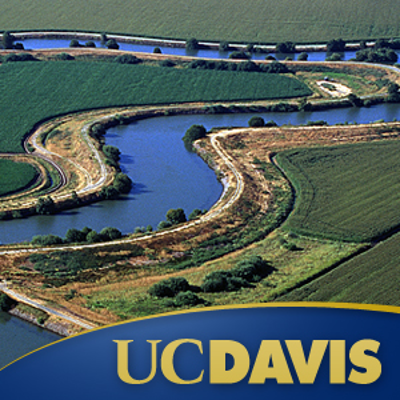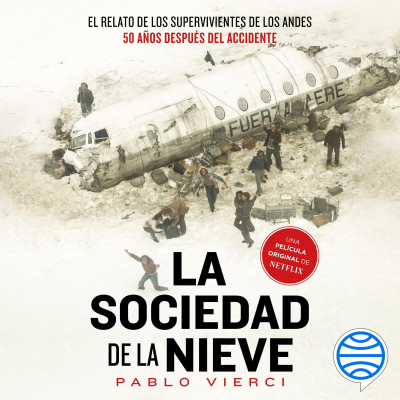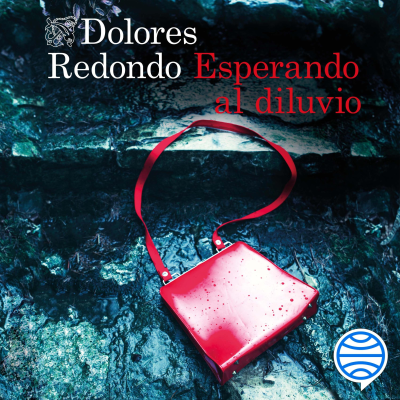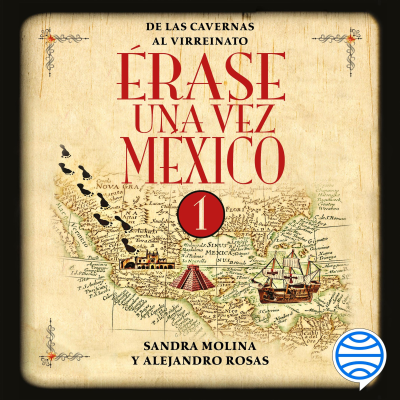
Comparing Futures for the Sacramento-San Joaquin Delta
inglés
Tecnología y ciencia
Empieza 7 días de prueba
$99 / mes después de la prueba.Cancela cuando quieras.
- 20 horas de audiolibros al mes
- Podcasts solo en Podimo
- Podcast gratuitos
Acerca de Comparing Futures for the Sacramento-San Joaquin Delta
"Comparing Futures for the Sacramento–San Joaquin Delta" originated as a report by a multidisciplinary team of experts, including UC Davis scientists Jay Lund, William Fleenor, William Bennett, Richard Howitt, Jeffrey Mount, and Peter Moyle and the Public Policy Institute’s Ellen Hanak. These videos highlight presentations at a two-day workshop in 2008 to discuss those findings, including the idea that a peripheral canal —conveying water around the delta instead of through it — should be part of a long-term strategy to serve both water supply and environmental objectives.
Todos los episodios
10 episodiosDecision Analysis of Delta Strategies
What is the best decision for managing water exports in the Delta? Jay Lund asks. This presentation looks at four strategies and how they may affect environmental sustainability and reliable water supply by mid-century to account for natural forces acting in the Delta, such as sea level rise.
Economic Effects on Ag from Water Export Salinity
Soil salinity has been a problem for agriculture in California's southern Central Valley for decades. Since the 1950s, the Delta has been a major source of surface water for the region, but salinity is once again becoming a major issue. Howitt provides preliminary estimates for long-term revenue losses for irrigated crops and confined animal operations in the Southern Central Valley as a result of salt accumulation.
Policy and Regulatory Challenges for the Delta
Ellen Hanak, of the Public Policy Institute of California, reviews several governance and regulatory challenges for the management of the Sacramento-San Joaquin Delta. She takes into account the changes occurring in this region as a result of sea level rise, increasing risk to levees, inevitable changes in the sustainability of beneficial uses due to sea level rise and additional permanent island flooding, and the challenges posed by declining populations of native fish species.
Delta Drinking Water Quality and Treatment Costs
This presentation by Wei-Hsiang Chen from the UC Davis John Muir Institute for the Environment explores the current and long-term effects of Delta export water quality on drinking water treatment cost and any public health risks from the disinfection process. Salinity, organic carbons, nutrients (nitrogen and phosphorous) and pesticides/herbicides are of primary interest.
Levee Decisions and Sustainability for the Delta
Robyn Suddeth, a graduate student in the UC Davis Center for Watershed Sciences, outlines the major factors that make levees in the Sacramento-San Joaquin Delta landscape susceptible to future flooding — sea level rise, seismicity, subsidence and changing inflows. She then discusses the economic methods for approaching the evaluation of Delta island levee upgrades and repairs.
Elige tu suscripción
Premium
20 horas de audiolibros
Podcasts solo en Podimo
Podcast gratuitos
Cancela cuando quieras
Empieza 7 días de prueba
Después $99 / month
Empieza 7 días de prueba. $99 / mes después de la prueba. Cancela cuando quieras.























